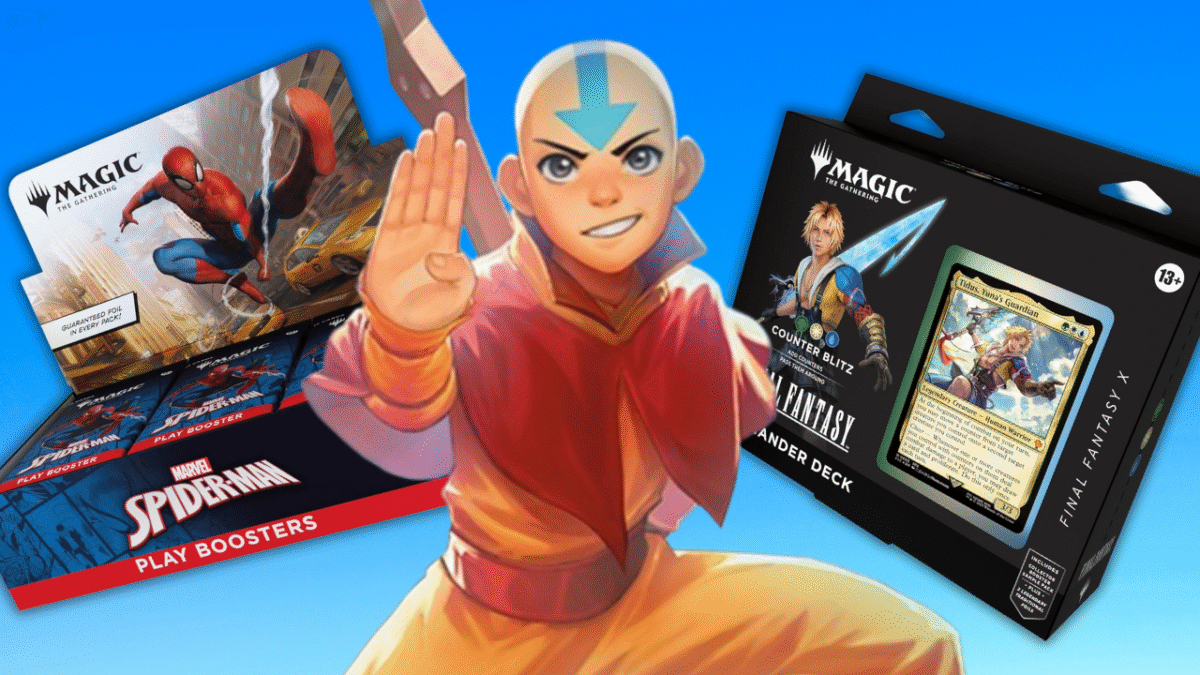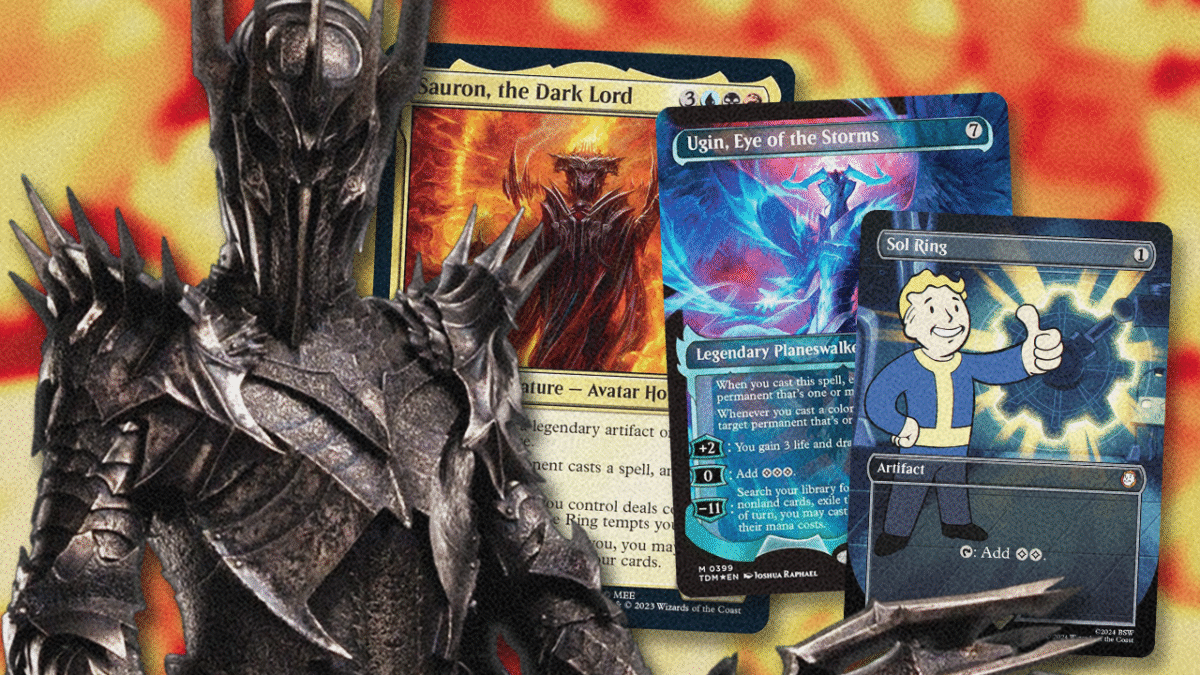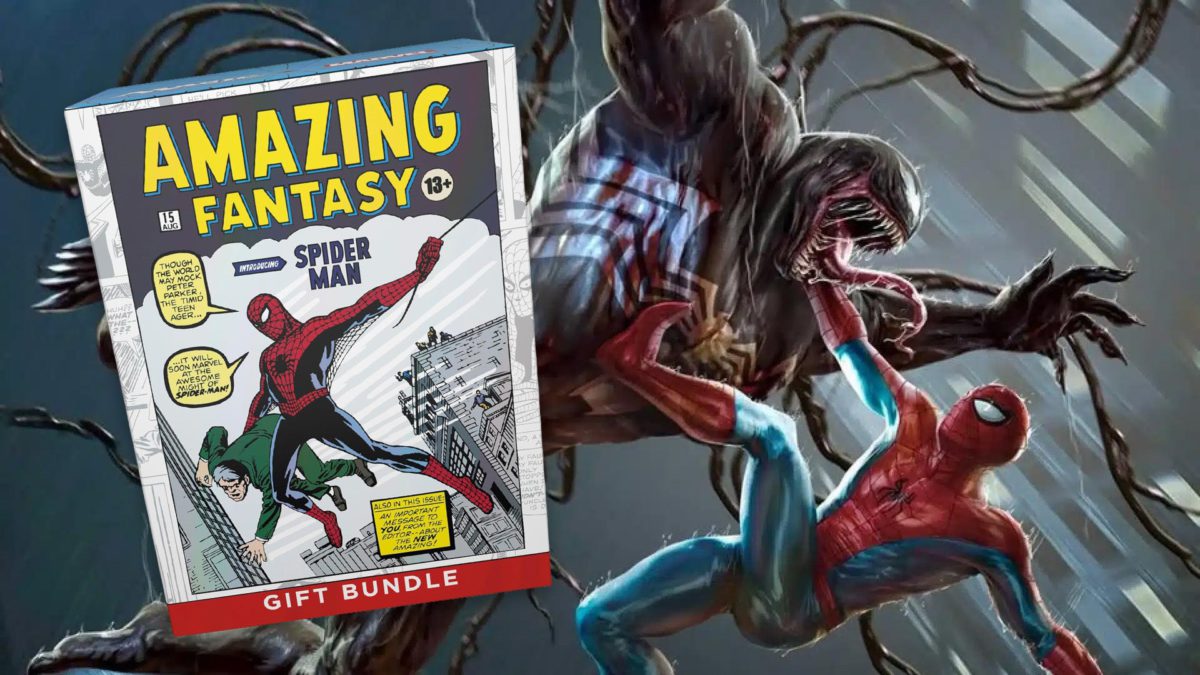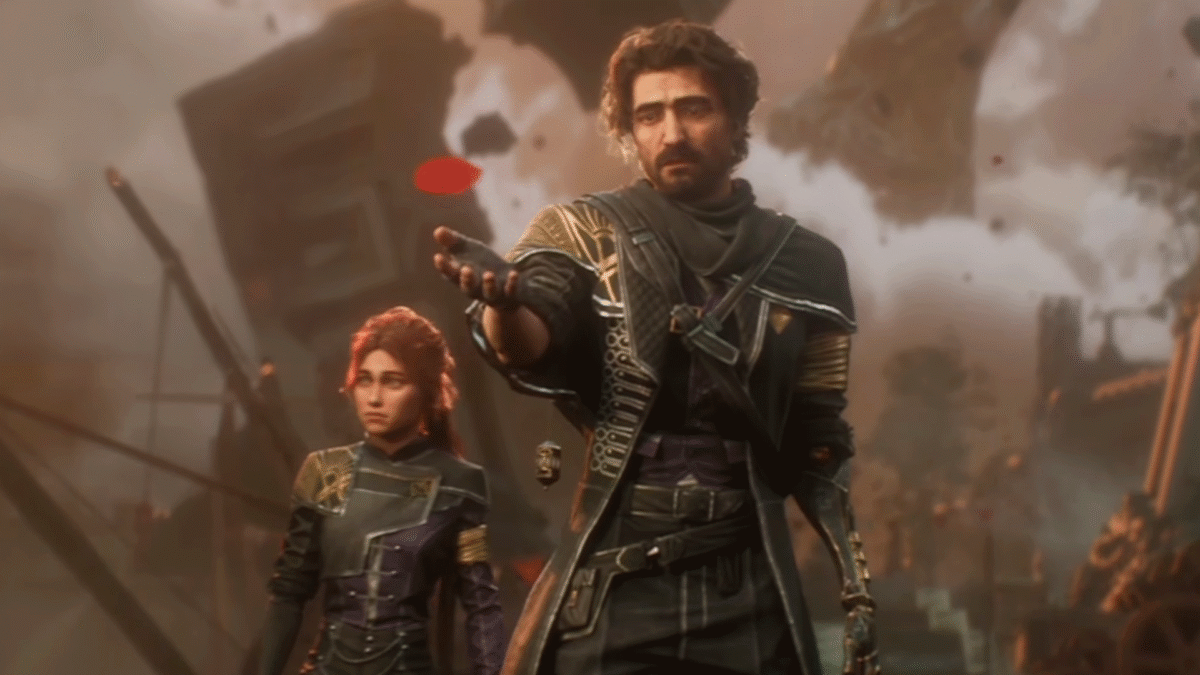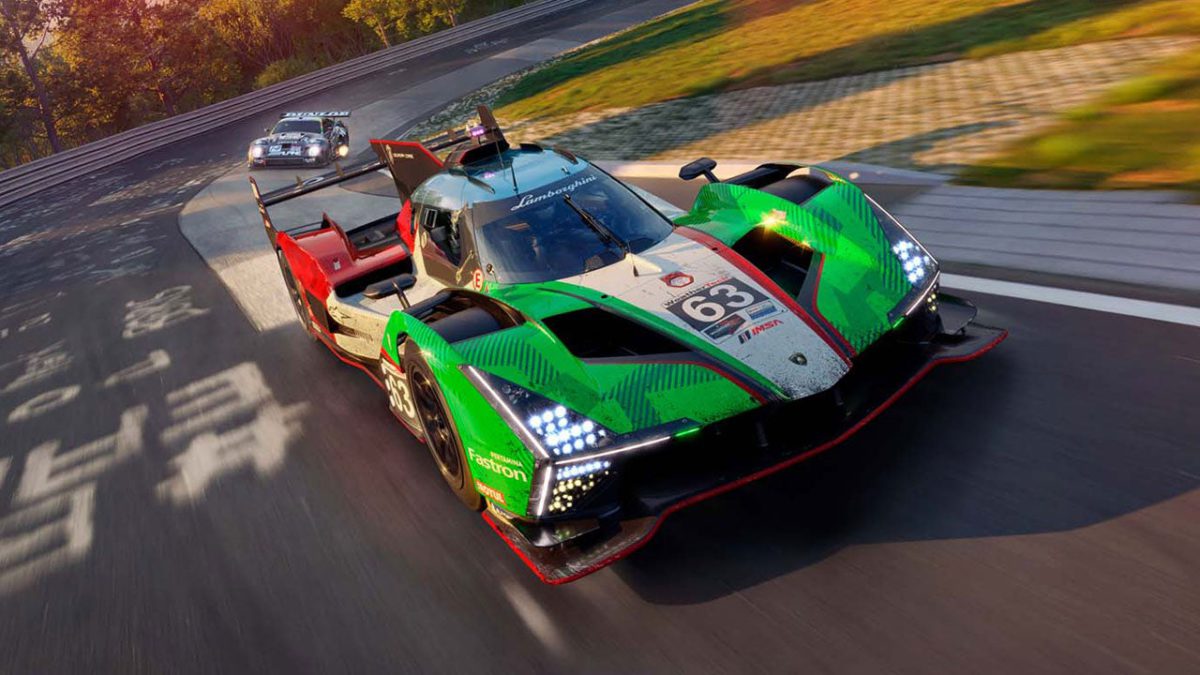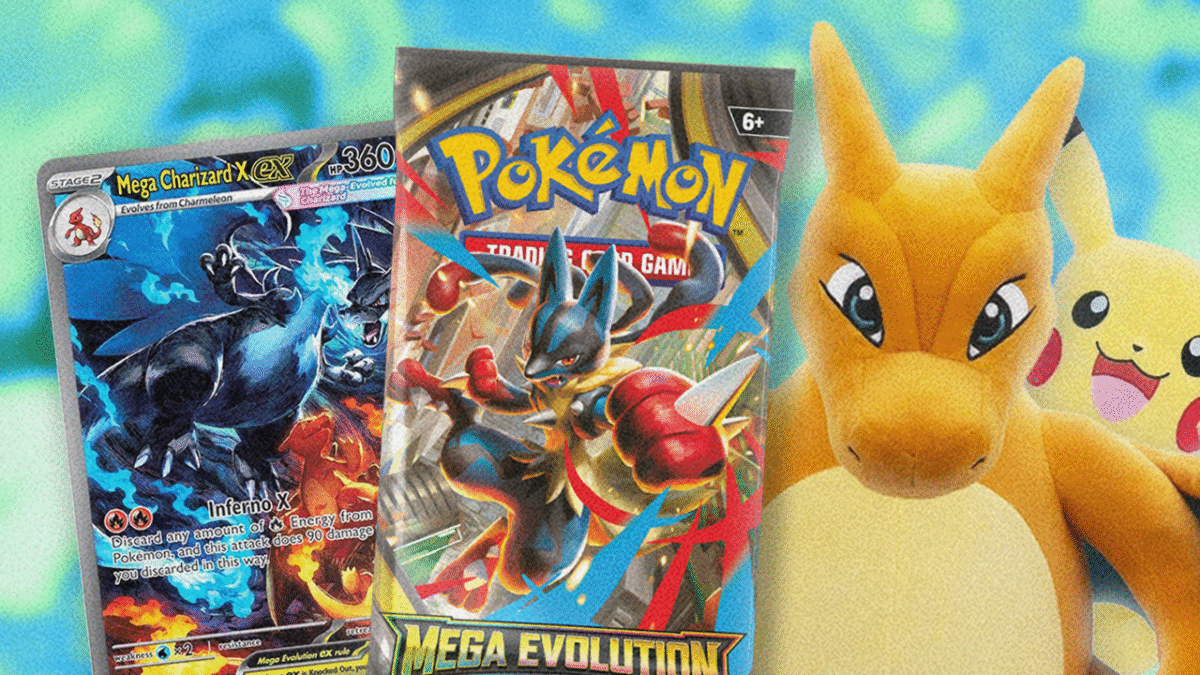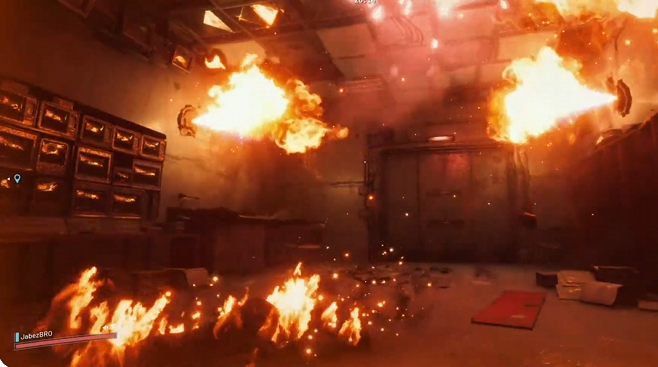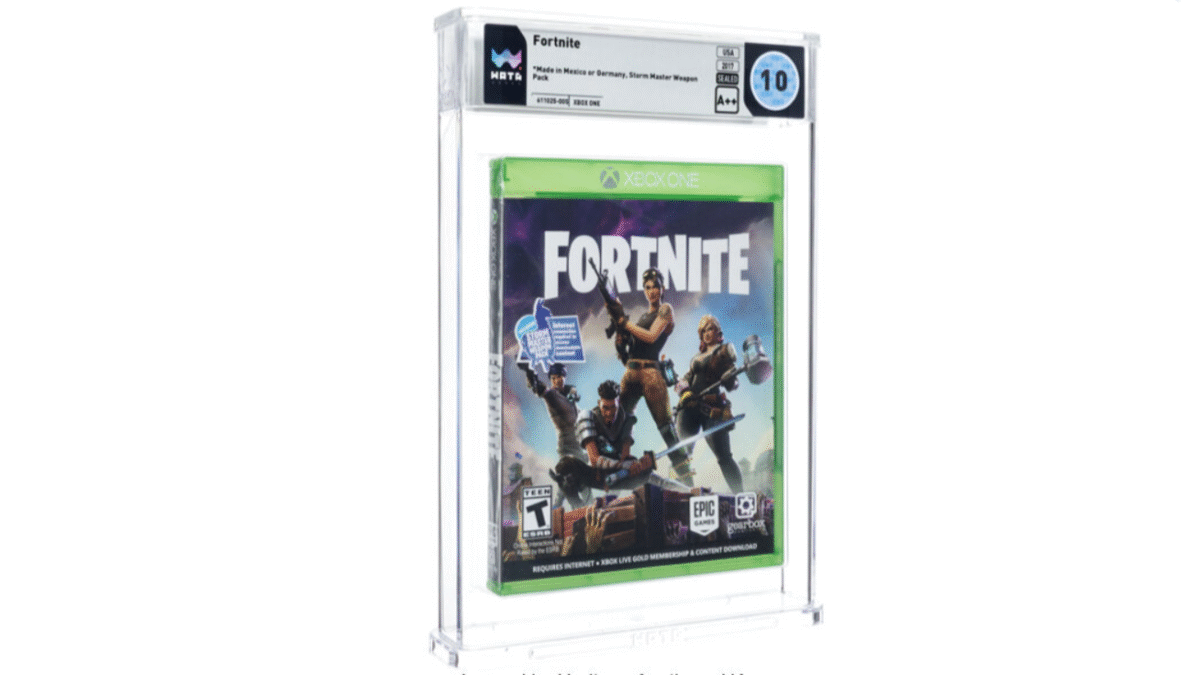
30 years ago, LEGO made its tentative first step beyond physical toys with the launch of Fun to Build, a Japanese-only game for the largely forgotten Sega Pico console. Three decades later, the mighty LEGO brand’s video game ambitions are now a diverse empire all of its own, a set of digital experiences designed to cater to diverse and tastes.
And for good reason — because as anyone who follows video games knows, the industry’s growth has also come alongside massive change, including an ongoing shift in how players access and own games — and a generational difference in why they’re so important.
For many, the idea of a LEGO video game is something still synonymous with the prolific output of TT Games, the British development studio behind dozens of licensed titles featuring blockbuster franchises like Star Wars, Batman, and Harry Potter. But the LEGO brand now adorns numerous other experiences from other established creators, such as the recent Annapurna-published LEGO Voyagers, or the Nintendo-like LEGO Party. And then there’s LEGO Fortnite — but more on that in a moment.
Speaking to the bosses of LEGO’s sprawling gaming portfolio, the company’s new SVP of LEGO Game, Fredrik Löving, and its veteran Head of Product, Kari Vinther Nielsen, its clear the company knows the world of video games has already changed — and will continue to do so, as a younger generation raised on the likes of Minecraft, Roblox and Fortnite — LEGO’s key audience demographic — seeks connected social experiences on a wider range of platforms. At the same time, however, the brand knows it must still cater to more traditional gamers as well.
“Really understanding today’s kids is just always the most important thing,” Löving says. “There’s been a big shift in gaming and we all know it, we have all seen it. Games mean something different for the generation growing up today than it did for me. When I grew up on my Amiga 500, I was escaping into a world, I was escaping into a screen and I was playing these games with a very set objective.
“The primary objective today for kids growing up is to find an activity to do in a social space together with their friends. Secondarily, it’s whatever the activity actually is around it.” It’s an observation that rings especially true following the huge spike in players this summer for games such as Grow a Garden and Steal the Brainrot, experiences that helped smash engagement records on Roblox — a social gaming platform that LEGO has so far steered clear of.
“The gamers are very fundamentally different,” Löving continues. So, where does that leave LEGO?
“I was very lucky to work on LEGO Worlds,” Nielsen recalls, a LEGO-y sandbox game that let players build intricate models using digital blocks. While successful enough, it was a product of its time — and despite the LEGO branding, it never seemed to trouble the already-dominant Minecraft, the game it was frequently most compared to. Still, its ambitions were clear. “That for me was a testament of what the physical brick was in a digital space,” Nielsen continues. “We had fans creating models, creating worlds, creating stories, and I think that’s really the power of digital play where you can create and share in different ways versus what you can in the physical world.
After working at LEGO for over a decade, Nielsen said the conversations she had working on the idea for Worlds remain “the same stories and the same things we talk about” today. “We need to mix IPs, we need to figure out what’s the digital version of the physical expression. What’s the real true game version of that? I don’t think the conversations have changed a lot,” she continued. “It’s more about actually adapting to how kids play today and being open-minded about how you diversify play, how you become inclusive so that you make the right type of play for kids in the world they live in. I think that’s where we’ve moved a lot through the last couple of years actually.
“Kids really use video games as a way to stay social and a place where can they meet up with their friends,” Nielsen continues, echoing Löving’s earlier words. “Of course we want to show up in safe and positive ways, but I think that just speaks to the type of games and the type of play we really need to serve as the LEGO brand. It’s not about only having one version that fits for gamers, it’s about having a diverse portfolio, for different play needs and different moments.”
It’s an approach that LEGO has demonstrated over the past few months, launching the Mario Party-esque LEGO Party to foster cross-generational multiplayer, the same month as indie puzzle platformer LEGO Voyagers. “LEGO Party, that’s really where I want to play with my friends or with my family,” Nielsen notes. “LEGO Voyagers meanwhile, was a test of my relationship, I’m not going to lie. There was a little bit of ‘go away, this is me playing now.'”
And then there’s LEGO Fortnite, which continues to evolve week by week. Its hard to gauge the current level of its overall success versus expectations, especially when comparing it to something like Grow a Garden’s viral popularity. But its most substantial offering, LEGO Fortnite Odyssey, remains an evergreen hit and will soon receive its next big update (which fans expect will add characters from the hugely popular Ninjago franchise). Role-playing sim option LEGO Brick Life, meanwhile, enjoys a smaller audience, though is currently hosting a big The Simpsons takeover. And a core attraction for LEGO here remains the ability for players to build and make their own mini-games — something which should only become easier to do and more advanced in potential over time.
“My daughter loves the universe, the characters, the stories, the narrative,” Nielsen says of LEGO Fortnite’s modes. “We’re starting to really grow and expand the opportunity for creators to make their favorite LEGO game, to tell their stories through gaming. It’s still early days actually in that space,” she continues. “It’s not that we haven’t had digital building or digital creation in our portfolio for the past 30 years, but the world around it has changed, as has the platforms and the pace of creation. When Fred joined, we had this sort of [joke] like, ‘You’ve been used to making a game and it takes five years, I can do what you do and do that in four hours instead.'”
While that may not be true — yet — of something that looks as polished as TT Games’ upcoming LEGO Batman: Legacy of the Dark Knight, some of LEGO’s earlier output could certainly be recreated in Fortnite today, such as LEGO Island, the brand’s second video game (and its first real digital hit). “It’s just a different reality of making experiences and testing new things and trying them out in a way faster engine with the right partner, with the right creators,” Nielsen says.
“And going back to what I mentioned around really understanding gamers of today,” Löving adds. “Co-creation, agency, all the things that you just mentioned. They are becoming very quickly, if not already, table stakes for a lot of experiences out there, especially the big platforms.”
All of that said, LEGO’s more traditional gaming experiences are also not fully going away — as next year’s arival of LEGO Batman: Legacy of the Dark Knight proves. It was one of this year’s biggest and best-received gaming reveals, and was recently shown to a hugely positive reception during Gamescom 2025. For LEGO, experiences like it is set to provide also remain a cruical part of its brand offering.
“I passed down Star Wars to my son through a Lego game, Skywalker saga,” Löving said. “That is a lot for a dad, to actually have that experience together with your son — not just playing together but passing down a fandom, enabled through the fact that it’s a LEGO game. Even before I joined the company, I was just inspired to see, ‘how do we even dial that up? How can we do that and really make it intergenerational play?'”
“Our brand stands for a lot of things and I think in some moments you’re really diving in and you’re immersing yourself in like a six-hour session,” Nielsen affirms. “I play legacy board games, I know it’s going to take a long time. I’m invested, and it’s even better if I can actually play along or couch co-op with some of my friends or family members. That’s fantastic and I think that’s what TT Games does so well.”
As LEGO enters its fourth decade in the digital space, the company clearly has ambitions that range beyond simple, static plastic. Ever since it dipped its toe into the world of simple robotics with MindStorms, through to its much more recently interactivitiy melded into LEGO Super Mario bricks, its clear the company is keen to experiment with what’s possible with play. LEGO Dimensions, the brand’s experiment in the toys-to-life category, was another example of that — and with its focus on IP mashups and adventure, could be seen as a precursor to LEGO Fortnite today.
At the end of the day, though, Nielsen says it’s all about finding the right kind of play for the right audience. “Sometimes there’s a time for a game and then you can almost take that game and bring it into the now — or to the future with different flavors and twists,” she says. “It’s no different than what is our LEGO version of Darth Vader or Batman. I think there’s something generational to it.”
Tom Phillips is IGN’s News Editor. You can reach Tom at tom_phillips@ign.com or find him on Bluesky @tomphillipseg.bsky.social


